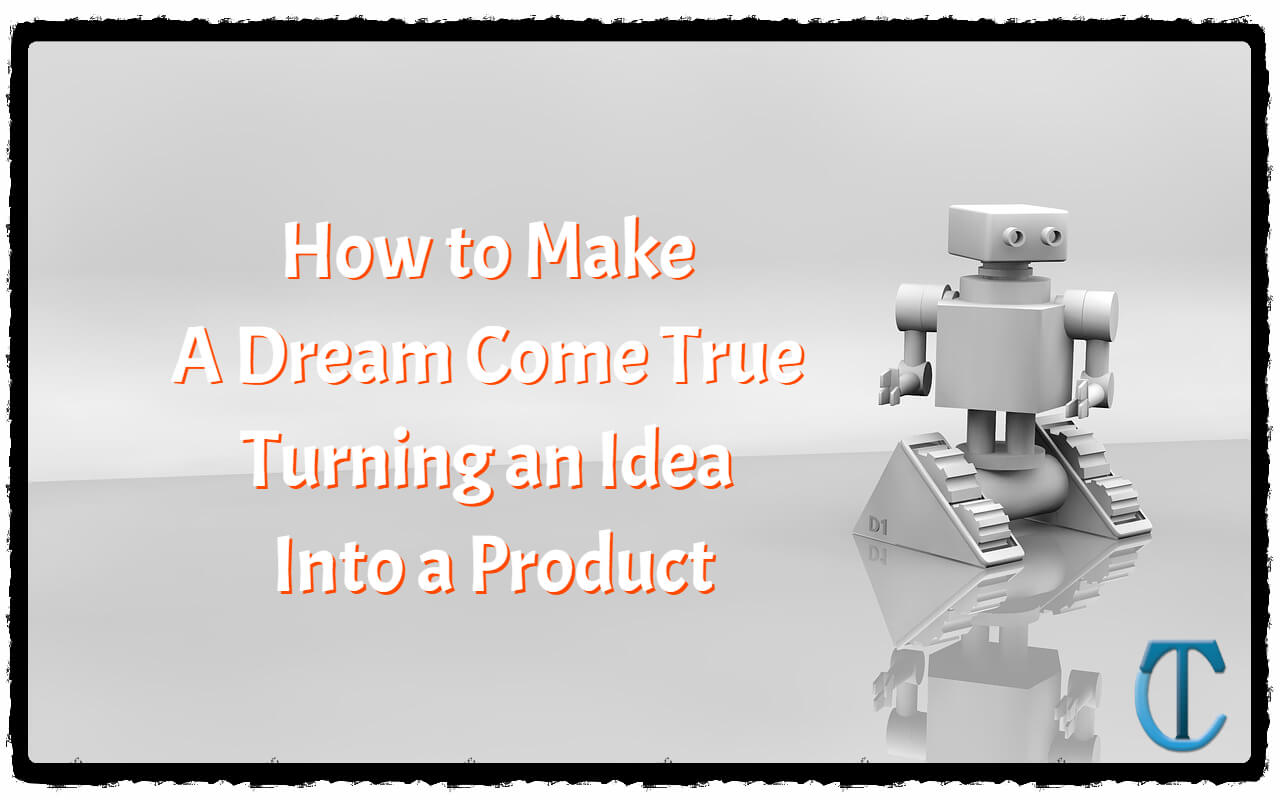Introduction
Turning an idea into a reality can be difficult, but profitable. If you have a
product in your mind that would take the market by storm, you should consider
developing your concept into a working product that you can sell to
consumers.
But how do you do it? Check out this quick guide on how to turn your dream
into a product on the shelves of stores around the world.
Refining Your Idea
Whatever your initial idea is, you are going to need to bring it into focus.
You may be very proud of your concept, but do not let that stop you from
changing or altering it to make it more commercially viable or useful.
Think about how your product will be used and try to make it more
user-friendly. You should also try to remove as many things as you can while
still keeping it functional. The more streamlined and efficient the finished
product is, the easier and cheaper it will be to make.
Do Your Research
It can be tempting to go straight from refining your idea to beginning to
manufacture some early models, but this is a mistake. You need to
do some market research
to make sure there is a demand for your idea and to check for competitors.
This ensures you have not been wasting your time and money, and that you do
not waste any more by prototyping a product or completing an initial
production run without there being any demand for it. Validate your idea with
market research before taking it further.
Make Plans
You need to create a roadmap for yourself that will help you navigate the
journey from concept to product. There will be many steps along the way, and
planning gives you an opportunity to prepare yourself for each one and
consider your options at every stage.
Suggested Reading
You will need to begin by getting your design on paper, preferably with a
detailed diagram that notes each important component. This will be important
if you are going to start talking to suppliers or manufacturers about
production costs. They will need something to base their estimates on.
Begin Prototyping
Before you have a finalized design, you will need to go through many prototype
models for testing and review. When you have a prototype in your hands you
will be able to assess your idea in ways you could not while it was still on
the drawing board.
There are many different ways of making a prototype. You may have to make a
few tweaks to your design, so it could be worth investing in a 3D printer for
prototyping, as you will have the freedom to make as many as you need when you
need them.
Prototyping with 3D printing
is a smart way to reduce the cost of your product development project.
Create a Supply Chain
With a prototype completed and a design fully finalized it is time to start
sourcing your supplies or contacting potential mass producers so you can begin
an initial production run. You will also need to find outlets for your product
so consumers can buy it.
You can sell yourself online, but this will impact your sales. This could be a
good way to start though, with just a small run of products. This allows you
to use your early customers as a test market before expanding your reach and
bringing your product to a wider audience through mainstream stores.
Budgeting and Costing
Before you can start selling your product, you need to
decide on a price. This obviously needs to account for all your costs, including research and
development, and give you a healthy profit margin. You also need to account
for future investment and the cost of faulty or returned products, which are
inevitable in mass production.
If you are selling your product to stores, who will then sell it to consumers,
you need to take this into consideration when costing. They will need to add
their profit to the final selling price, so you need to balance value for
money with the overall profit margin of the product.
Take Your Product to the Market
Now you are ready to debut your product to the mass market. With prototyping
and testing complete, costs budgeted, and profit margins set, all you have
left to do is put your product in the marketplace and watch the sales come
rolling in.
Now you know how, what is stopping you? Do not let your idea or invention sit
in your mind; bring it into the world and into the hands of consumers.



Post A Comment:
0 comments: